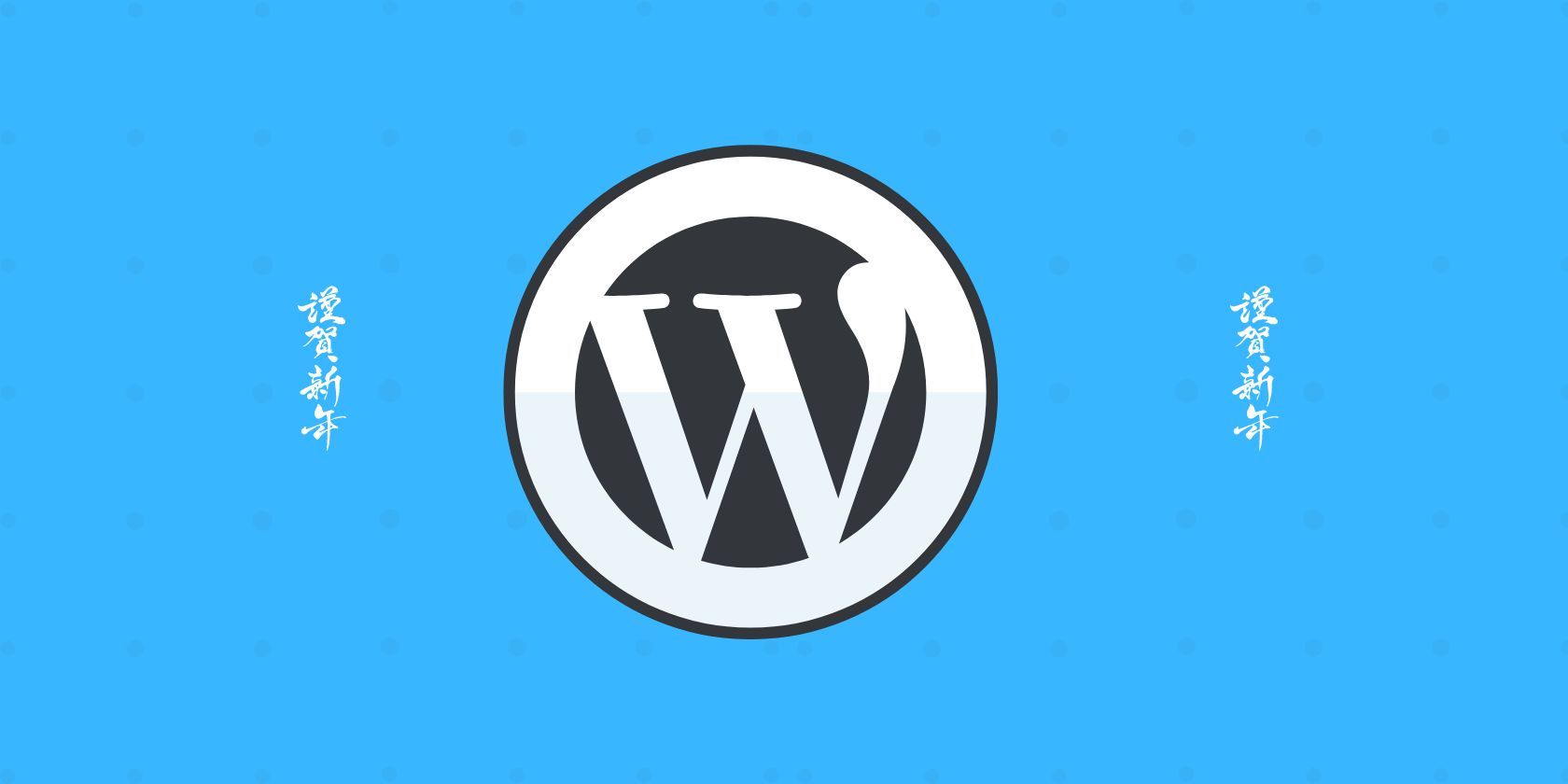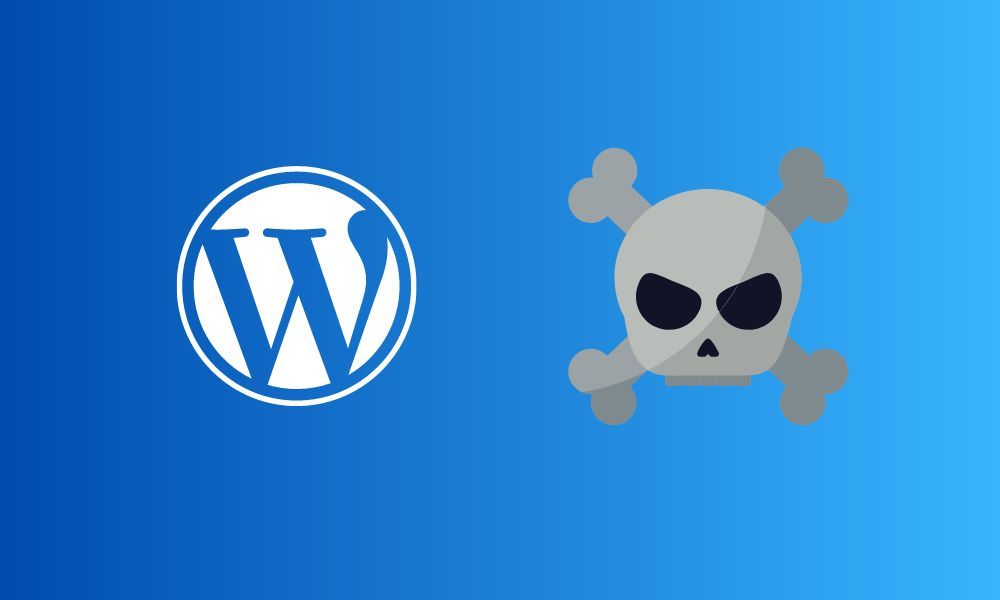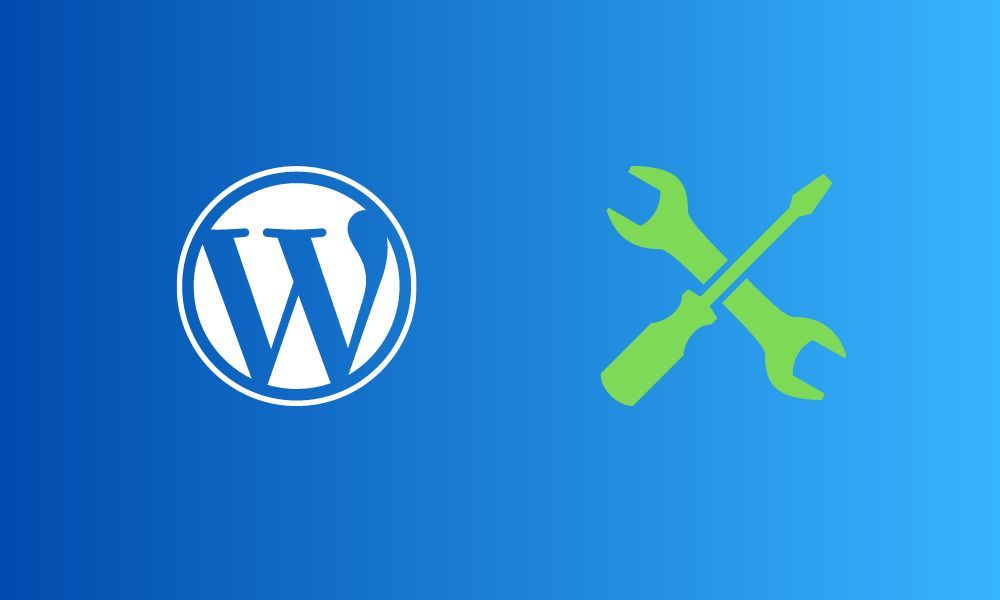Websites powered by WordPress can get hacked or compromised. WordPress is a secure platform; however, it is often the little things that go unnoticed by the website admin, which leaves the service vulnerable. The intention of an attacker can be to add spam, delete your content, temporarily disrupt business, and more. And the Japanese keyword hack is one such technique that affects your website in many ways.
Fortunately, if you detect the WordPress Japanese keyword hack, there are several ways to fix it. But what is it all about? What effects does it have on your website? And how can you secure your website?
What Is a Japanese Keyword Hack?
The Japanese keyword hack has impacted your WordPress blog if you notice random Japanese texts on your website. If that is the case, your website has been altered by malware that adds or generates Japanese text and spam links.
The Japanese text can appear in search results when a user looks for your website or product on Google and other search engines. You may also notice new web pages on your site that only includes spam links and Japanese text written all over.
The quickest way to check it is to search for your website pages using the following format on Google, replacing your domain:
"site:makeuseof.com japan"
When your site is infected with this hack, the links in your site will point to fake web pages or malicious platforms, which may encourage your visitors to share information to get a free prize or be tricked into purchasing something.
How Does This Hack Infect Your WordPress Website?
WordPress is a platform with various elements making up a page, so there are various reasons for a website to be affected by the Japanese keyword hack.
Running an Older WordPress Version
WordPress regularly releases security patches and bug fixes to keep the platform as secure as possible. If you did not apply the available updates for a long time, an attacker could have used the loopholes to infect your website.
Using Compromised Plugins
One of the superpowers you get with WordPress is its plugins. Unfortunately, not every plugin is secure.
You must ensure that you only use plugins that have a good reputation and are not entirely new.
Additionally, you should use fewer plugins, only as per your requirements. The more plugins you use, the more chances you have of choosing something that may not be secure.
Showing a Nulled Theme
WordPress gives you complete freedom to upload a third-party theme or customize your own.
Sometimes users upload cracked (or nulled) themes instead of purchasing a license. Unfortunately, these files often include malicious code or do not receive updates, which makes them bad for security.
In addition to the above, there can be numerous other reasons like:
- No strict file permissions.
- Weak login password.
- No two-factor authentication.
How to Fix the Japanese Keyword Hack
It may be overwhelming to manage and secure a website. But if your site is compromised, what can you do about it? Here are some great solutions.
1. Use an All-in-One Security Tool
Many WordPress security plugins like Wordfence or Malcare help you recover your website from a hack in a few simple steps (or one click).
Most of the services will cost you money. But, if you want to save time and battle malware infections, you should try it.
2. Scan for Malware
Some web servers provide free access to tools like Immunify360 Security Suite, which helps you scan for malware and enhance website security.
If the tool finds anything, you can remove the problem.
You can also use website malware scanners to check if your site is clean.
3. Check File Modifications
You can head to the file manager portal in your server or check the log to identify recent file modifications.
If you notice something that was not authorized or added by you, you can try to restore the file to its original state or delete the file (which might make the site inaccessible in some cases, so be careful about taking this step).
4. Restore the Site from a Backup
It is often easier to restore a site to the state before your WordPress site was infected. If you don't know when the website was compromised, it may not be useful to restore the site to a previous version.
In most cases, an automated backup of your website is available from your hosting service provider. You could have other backup solutions configured, and you can use them to restore your website as well.
5. Re-Install WordPress
Occasionally, a malware infection like the Japanese keyword hack may focus on modifying the core WordPress files. A malware scanner should spot this for you. In such cases, you can simply re-install WordPress without touching any other files on the server.
Things to Do After Cleaning Up the Hack
It is not enough to remove the malware. When your website gets infected, it leaves a mark on your website in various ways:
- Google may mark your site as malicious.
- The web host may suspend your site.
- New website owners may be added to your Google Search Console account.
- Your customers may not trust your website anymore.
To address these issues, you need to take some additional action after you fix the Japanese keyword hack on your WordPress website.
1. Fix Your Google and Search Engine Trouble
Since attackers had access to your website, they could say that they owned it and add users as admins to your Google Search Console. If you see any unauthorized users listed, remove them. Refer to Google’s documentation for details. You might have to request a review for your website if Google marked it as malicious.
Moreover, you should reindex your website on search engines to prevent spam pages from appearing in results.
2. Clean Your WordPress Database
The WordPress Japanese keyword hack adds several posts on your website with spam and malicious content. This may still show up on Google if it exists on your sitemap.
If you restored a previous version of your website, you might not have to do this.
You should consult a professional for this or try using WordPress database plugins to help you deal with it.
3. Update Everything
You should update all your themes, the WordPress platform, and plugins to ensure that there are no known vulnerabilities affecting the security of your website.
How to Secure Your Website
Securing a website involves numerous steps. Here are some quick tips to follow:
- Enforce strict rules for web server file access.
- Add more robust authentication methods for login, like two-factor authentication.
- Implement SSL (HTTPS) if you haven't already.
- Use a Web Application Firewall (WAF).
- Use a Content Delivery Network to serve assets securely.
Keep It Simple to Avoid Website Threats
The more elements you add to your website, the more it needs regular maintenance and different techniques to keep things secure.
The best way to prevent your website from hacking is to keep things simple, tidy, and up-to-date.




